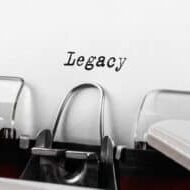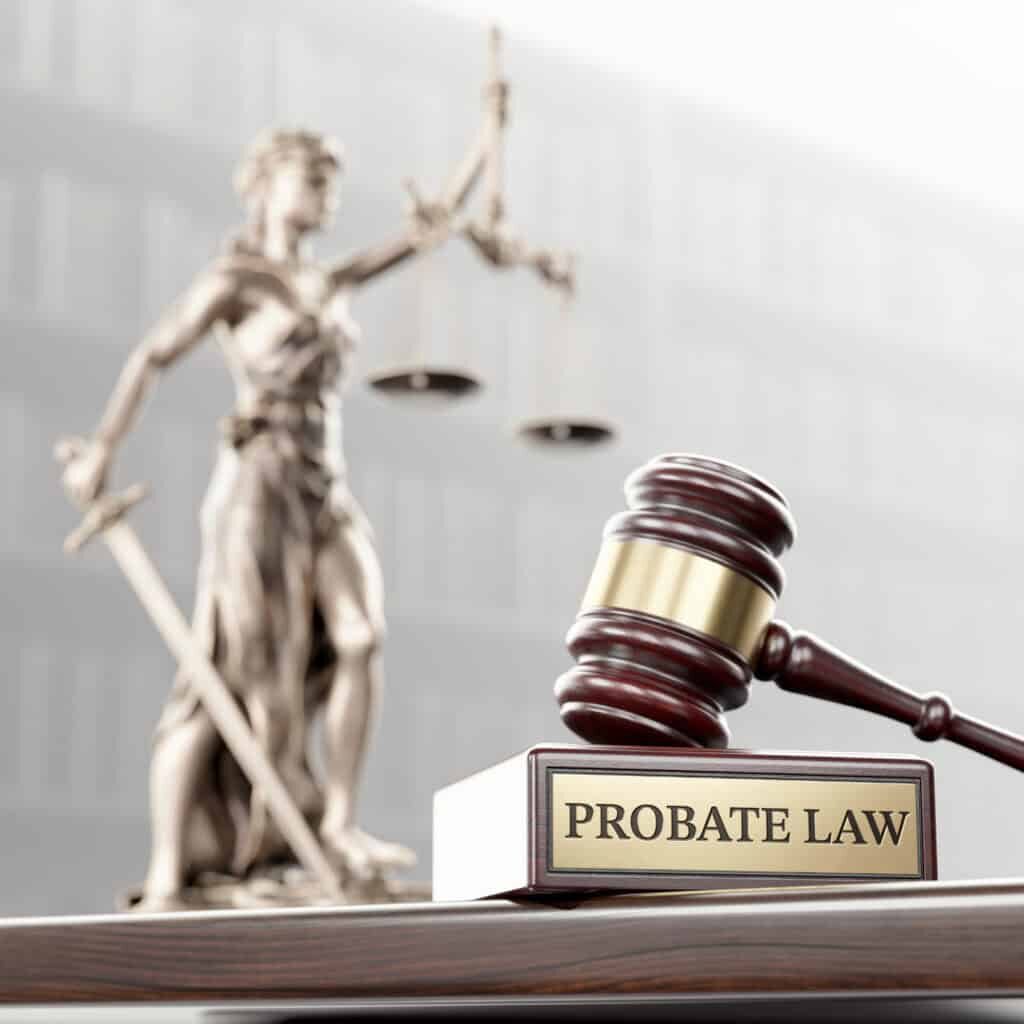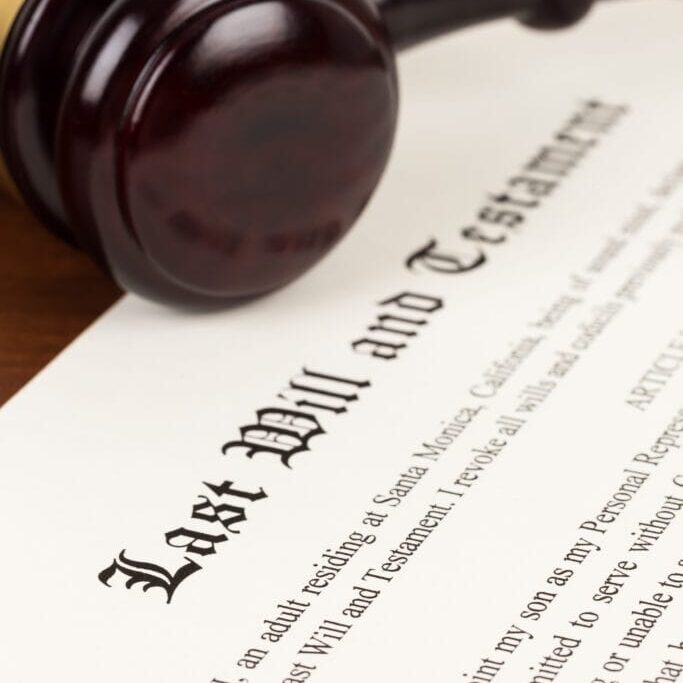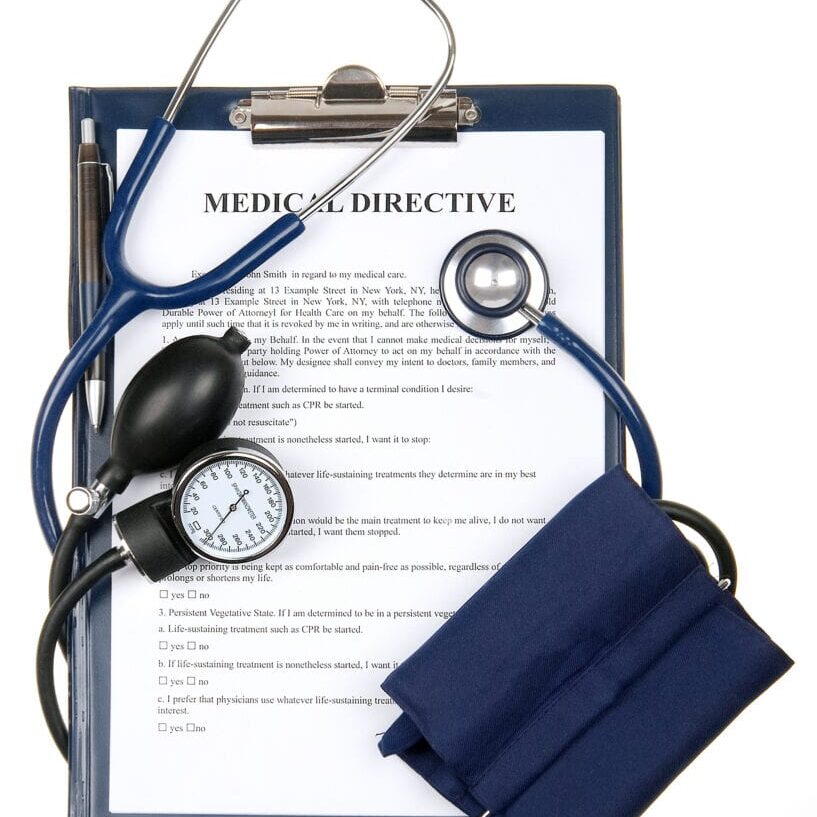Our Process
At our firm, a two meeting process is used. At the first meeting, you will meet with Bridget. She will educate you about the law relating to Minnesota wills, trusts and the probate process. She will listen to your planning goals and concerns and gather detailed information about your family and your assets. By the end of the first meeting, Bridget will recommend a specific estate plan and quote you a flat fee for the legal service. During the second meeting, you will review your documents in detail with Bridget to ensure accuracy and that your goals are being met. We will then help you properly sign your documents and help with updating your beneficiary designations. After you sign your documents, we are available to answer any future questions that you may have. We also reach out to our clients at the start of each year and offer a complimentary review of your estate planning documents.

Probate: Why to avoid it
If a person has over $75,000.00 of assets in his or her name alone at the time of death the estate will need to go through probate. Probate is the legal process where the court oversees the distribution of property left by a decedent. There can be disadvantages to having your estate go through probate.
Cost of Administration. Probate can be expensive for your family.
Time-Consuming. Delays in handling assets and obtaining distribution of assets. Probate takes a minimum of four months, but typically lasts much longer.
Lack of Privacy. Probate is a matter of public record. Your Will is filed with the court and is accessible to the public.

Wills
A will is a formal expression of a person’s intent set forth in a manner required by law. In your will, you name a personal representative to administer your estate when you die, indicate how you want your assets to pass, including any specific gifts you wish to make, and can also name a guardian if you have minor children. For many clients, a will with a contingent trust is a desired planning option. A contingent trust allows you to name a trustee to manage the funds for a minor child. You can designate an age (or ages) that you would like assets distributed directly to your child, such as ½ at age 25 and the balance at age 30. While the assets are held in trust, your child may request distributions from the trustee you have named for needs such as health or education.

Living Trusts
If you want to avoid probate, a living trust may be a good option for you. A living trust is a written agreement between the creator of the trust (the “settlor”) and the person who is going to manage the trust (the “trustee”). As the creator of the trust, you are named as the initial trustee. If you become incapacitated or are unable to manage your own financial affairs, a successor trustee, who you nominate in the trust document, can step in and manage your assets on your behalf, thereby avoiding a conservatorship or guardianship procedure. After you pass, assets directed through your trust avoid the court process of probate. The advantages of a living trust include avoiding probate, maintaining privacy (the trust does not need to be filed or recorded) and flexibility to change or revoke the trust while you are alive.

Power of Attorney
A power of attorney is a legal document that is only valid during your lifetime. It allows you to have one or more agents who can make legal and financial decisions on your behalf while you are alive. This document is especially useful if you become incapacitated or incompetent.

Health Care Directive
The health care directive is effective when you are unable to communicate a decision about your own healthcare. In this document you may designate a health care agent to make decisions on your behalf. You also direct the type of care that you want and do not want, where you would like to have care administered, and who you would like to administer care. You may express your wishes about organ donation and burial or cremation.

